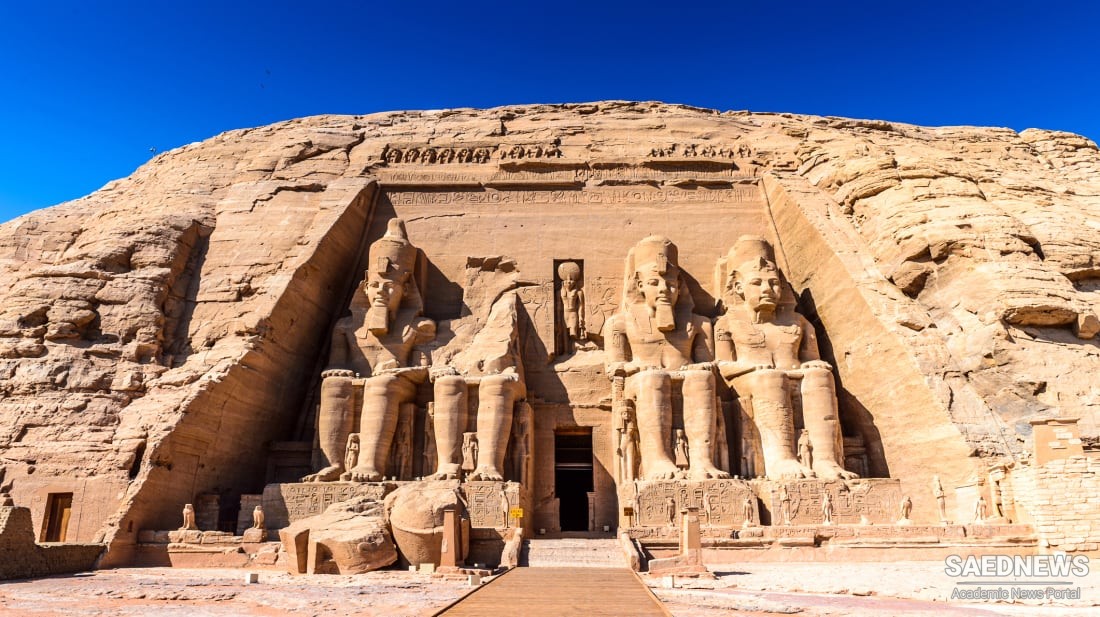They bring together the co-operative efforts of more men and women than in earlier societies and usually do this by physically bringing them together in larger agglomerations, too. Our word ‘civilization’ suggests, in its Latin roots, a connection with urbanization. Admittedly, it would be a bold person who was willing to draw a precise line at the moment when the balance tipped from a dense pattern of agricultural villages clustered around a religious centre or a market to reveal the fi rst true city.
Yet it is perfectly reasonable to say that more than any other institution, the city has provided the critical mass which produces civilization and that it has fostered innovation better than any other environment so far. Inside the city the surpluses of wealth produced by agriculture made possible other things characteristic of civilized life. They provided for the upkeep of a priestly class which elaborated a complex religious structure, leading to the construction of great buildings with more than merely economic functions, and eventually to the writing down of literature. Much bigger resources than in earlier times were thus allocated to something other than immediate consumption and this meant a storing of enterprise and experience in new forms. The accumulated culture gradually became a more and more effective instrument for changing the world.
One change is quickly apparent: in different parts of the world men grew more unlike one another. The most obvious fact about early civilizations is that they are startlingly different in style, but because it is so obvious we usually overlook it. The coming of civilization opens an era of ever more rapid differentiation – of dress, architecture, technology, behaviour, social forms and thought. The roots of this obviously lie in prehistory, when there already existed men with different lifestyles, different patterns of existence, different mentalities, as well as different physical characteristics. But this was no longer merely the product of the natural endowment as environment, but of the creative power of civilization itself. Only with the rise to dominance of western technology in the twentieth century has this variety rapidly begun to diminish. From the fi rst civilizations to our own day there have always been alternative models of society available, even if they knew little of one another.
Much of this variety is very hard to recover. All that we can do in some instances is to be aware that it is there. At the beginning there is still little evidence about the life of the mind except institutions so far as we can recover them, symbols in art and ideas embodied in literature. In them lie presuppositions which are the great co-ordinates around which a view of the world is built – even when the people holding that view do not know they are there (history is often the discovery of what people did not know about themselves). Many such ideas are irrecoverable, and even when we can begin to grasp the shapes which defi ned the world of men living in the old civilizations, a constant effort of imagination must be made to avoid the danger of falling into anachronism which surrounds us on every side. Even literacy does not reveal very much of the minds of creatures so like and yet so unlike ourselves.
It is in western Asia and the eastern Mediterranean that the stimulating effects of different cultures upon one another fi rst become obvious, and no doubt it is much of the story of the appearance of the earliest civilizations there. A turmoil of racial comings and goings for 3,000 – 4000 years both enriched and disrupted this area, where our history must begin. The Fertile Crescent was to be for most of historic times a great crucible of cultures, a zone not only of settlement but of transit, through which poured an ebb and flow of people and ideas. In the end this produced a fertile interchange of institutions, language and belief from which stems much of human thought and custom even today.


 Towards a New Social Order
Towards a New Social Order














































